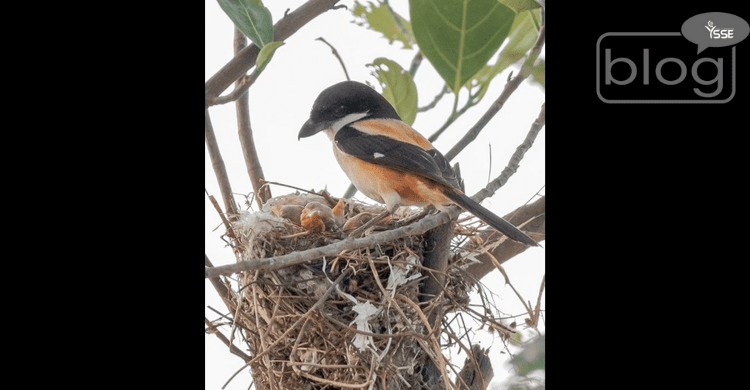Wildlife unquestionably has a crucial role in our ecology. Birds have always been considered masters of architecture, creating intricate nests to protect and nurture their young. in recent years, these avian engineers have been facing an unexpected challenge – plastic pollution. Unfortunately, the widespread use of plastic has caused serious harm to many different animals around the globe. Plastic debris, ubiquitous in our environment, has found its way into bird nests, posing a growing threat to wildlife.
Digestive System Disruptions and Food Chain Destruction
Plastics have seriously harmed animals’ digestive systems, causing blockages that are lethal to them and destroying their food chains. Following the Bronze and Iron Ages, the development of plastic materials signaled a pivotal period in the development of modern civilization. Plastic quickly made its way into a variety of sectors, ranging from food packaging to cutting-edge space technology, after it was first praised for its toughness, resilience to chemicals, and waterproof qualities. But as it became more widespread, so did its unforeseen effects on the environment. Despite being economical, the careless disposal of plastic items without considering their effects on the environment has created a pressing ecological problem. Unquestionably, wildlife plays a crucial role in our ecology. Regrettably, the global expansion of plastic waste has taken a heavy toll on many different species. Plastics have severely harmed animals’ digestive systems, causing deadly obstructions, by penetrating their food chains. Additionally, exposure to plastic increases the risk of sickness in wildlife. The heartbreaking stories of animals caught in trashed plastic items serve as clear reminders of their dire situation.
Despite these hardships, certain avian and animal species have exhibited amazing fortitude. For instance, the long-tailed Shrike (Lanius Schach) and other birds have cleverly reinforced their nests against abrasive elements and dangerous predators with plastic materials. This inventiveness results from a synthesis of intuition, prior knowledge, and adaptability. This behavior has also been demonstrated by starlings, mynas, and parakeets, which have outcompeted their rivals and improved the chances of their young survival. These adaptive behaviors have far-reaching effects in addition to serving as a monument to nature’s capacity to overcome obstacles. Important processes, such as bird seed dispersion, are disrupted when conventional nest materials are replaced with plastic. Plastics don’t degrade like biodegradable materials do, which has an adverse effect on soil quality and inhibits the development of trees. The ecological imbalance caused by animals like Starlings, Shrikes, Mynas, and Crows’ predilection for plastic disrupts the delicate web of life and results in a reduction in prey populations.
Wildlife Adapting to Plastic Pollution
This situation requires a multifaceted strategy to be addressed. Although previous efforts have mostly focused on cleanup measures, the real attention should go to efficient waste management. Utilizing covered garbage cans is a crucial step in preventing waste spread and animal scavenging. Positive change might be sparked by the communal duty of properly disposing of non-recyclable garbage. Raising awareness and teaching waste management principles in schools have the potential to change people’s perspectives. Engaging people of all ages, especially through participatory events and activities, helps strengthen the anti-plastic pollution campaign.
Ecosystems are being destroyed by unchecked urbanization and poor waste management techniques, and the use of plastics hastens the march toward a gloomy future. The dangers that might threaten nature’s pure environments are hinted at by the abundance of plastic-made nests, which are increasingly commonplace to see in metropolitan settings. The delicate balance of entire ecosystems is at risk if this plastic intrusion spreads to grasslands and rainforests. A peaceful cohabitation of innovation and environmental care is necessary to prevent this possible catastrophe, saving many lives from a more dire future.
To read more blogs, click here.
Writer,
Shahriar Nasib
Intern, Content Writing Department
YSSE

